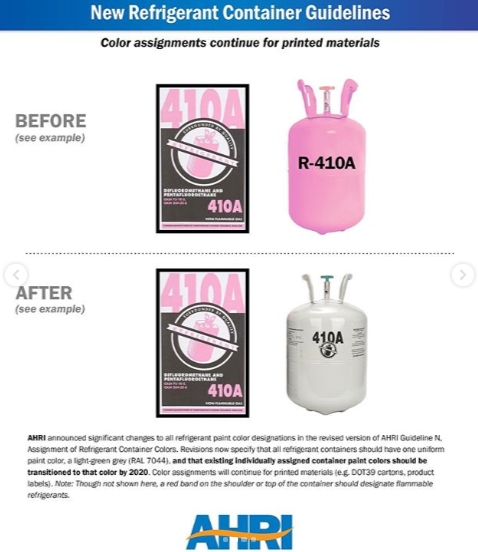
Recently Republican senator John Kennedy and Democrat senator Tom Carper, along with a group of fourteen bipartisan senators, filed the American Innovation and Manufacturing Act of 2019 (AIM Act). A bill that would provide a federally structured phasedown of HFC refrigerants over the next 15 years. In addition to the group of bipartisan lawmakers, the AIM Act of 2019 has widespread industry support. Our CEO, Brad Kivlan, was among 31 leaders in the HVAC industry, as well as AHRI and The Alliance for Atmospheric Policy, to sign a letter urging Congress to pass the legislation. The environmental community is also in support. The AIM Act of 2019 is something that everyone can agree puts the American HVAC industry first in a highly competitive global market.
Why does the AIM Act of 2019 have so much support?
- It provides clarity to US businesses with a gradual and market-friendly phasedown of HFCs
- The HVAC industry has been preparing for an HFC phasedown for over a decade and has invested billions of dollars into the next generation of refrigerants.
- It gives the EPA the authority it needs to mandate a phasedown of twenty substances known as HFCs but provides no extended authority to the EPA to regulate anything else
- According to a study by the Interindustry Forecasting Group at the University of Maryland, the phasing down of HFCs over the next 15 years will create 33,000 new U.S. manufacturing jobs, add $12.5 billion per year to the U.S. economy, and increase exports of refrigerants and related equipment by 25 %.
- The bill was prepared with tremendous input from experts at the EPA, in the environmental community, and the HVAC industry
- The phasedown structure is aligned with the Kigali Amendment, which will keep the US competitive with the rest of the world
- The phasedown works through an allowance allocation and trading program
Although there is a great deal of support across the board for this bill, there is still a question about whether the Trump administration will support it due to its history of deregulation.
If you would like to urge your senator to vote “yes” on the AIM Act of 2019, HARDI has created a user-friendly website where you can fill in your address and populate a letter of support that will be emailed to your state’s senators. Try it here.
We will keep you updated as news of the AIM Act of 2019 becomes available. Continue to check our Twitter account for details.



